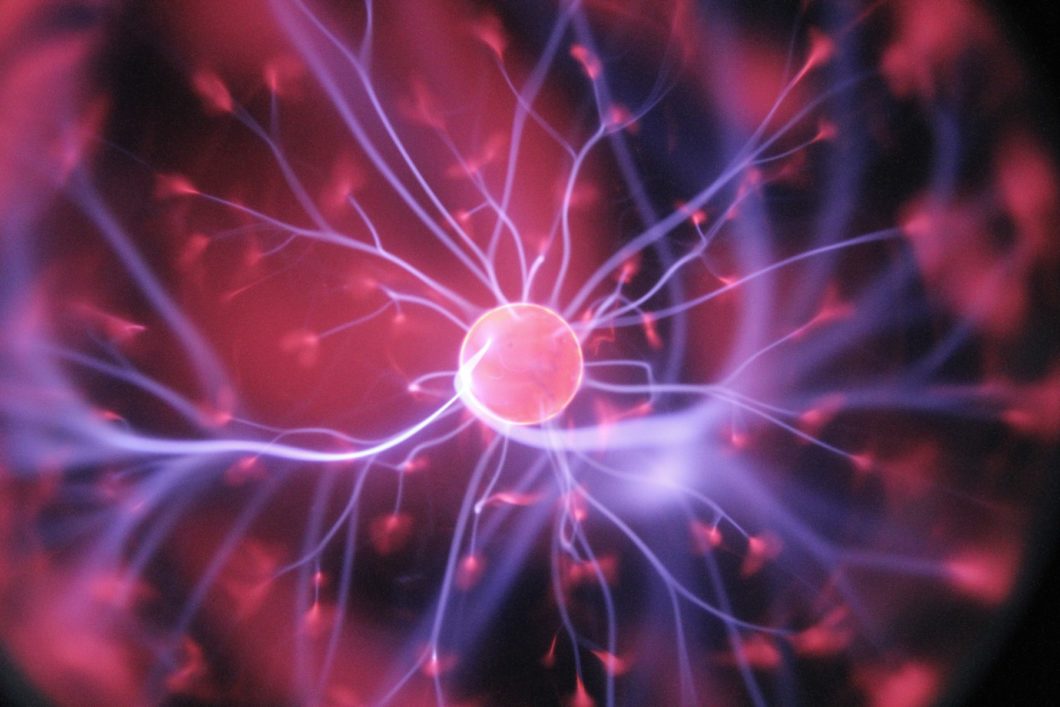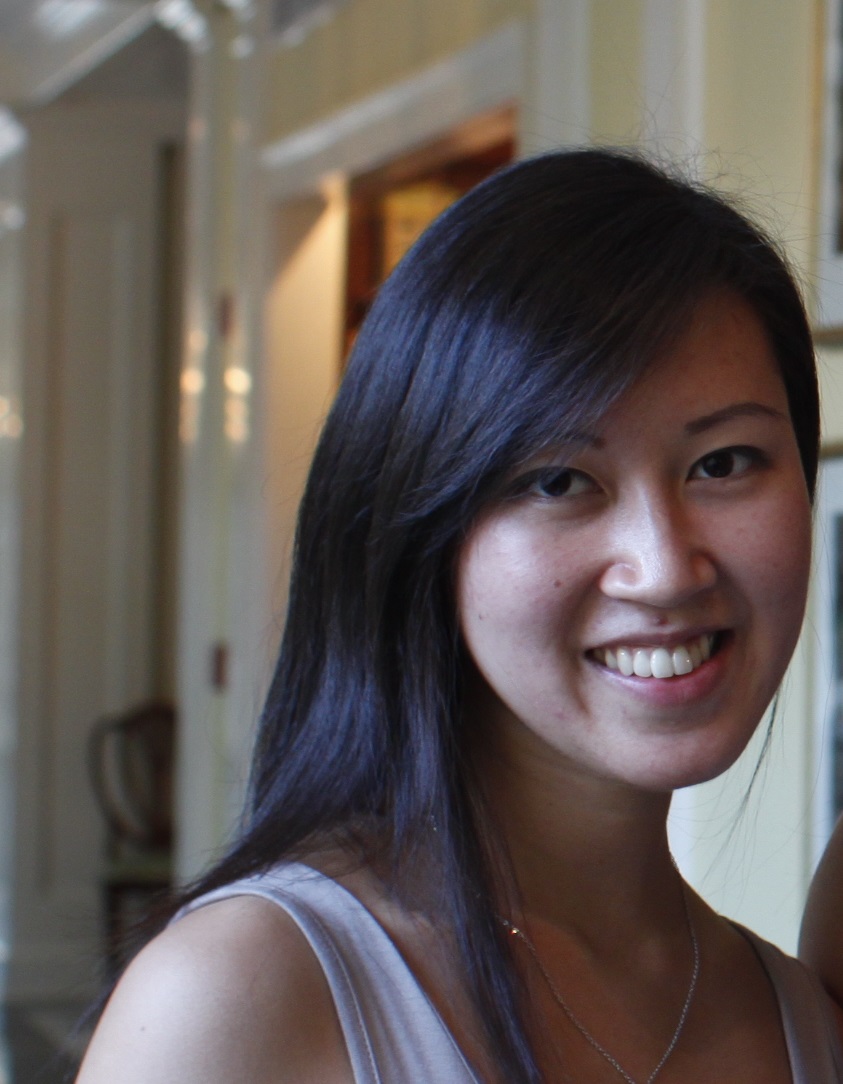
Imagine that you are a salesperson tasked with selling a special product. Most people know very little about the product, and many have had a bad experience with similar items. People can’t see what you are selling, and it is unlikely to impact their lives immediately.
Such is the plight of the reporter who covers the physical sciences. Science writers on this beat know its hazards, from having to describe the intricacies of quantum gravity to dealing with readers who hated chemistry in high school. Yet some journalists are still compelled to accept the challenge, often driven by a love for a particular scientific field.
“It’s a very important role,” says Kathryn Jepsen, editor-in-chief of Symmetry, a magazine that covers particle physics and is published by the Fermilab and SLAC national laboratories. Physicists, chemists, and mathematicians devote their lives to research, just like their biological science counterparts. And research that is funded by taxpayers deserves coverage, no matter the discipline. “It’s really only going to be worth it if the science can be translated back to the public, to the rest of the world,” she says.
“So many people have had bad experiences with math in school,” adds Julie Rehmeyer, a contributing editor at Discover magazine who has a mathematics background. “My mission in writing about math is in some small way to heal that wound for people.” Producing math stories that are engaging and understandable is empowering to readers, she says.
It’s hard to write stories about physical science research that readers with no background in the subject can grasp. “There’s no trick that’s going to make it easy for everybody,” says Brian Hayes, a senior writer at American Scientist who has written extensively on computer science and math. But with perseverance and some creativity, he says, it’s possible to write a piece on the physical sciences that people will enjoy and understand.
Finding Stories
Capturing the attention of an audience begins with story choice. Rehmeyer says she tends to choose topics that readers can immediately connect to. In a 2011 story for Science News, she wrote about how topology, one of the most abstract fields of mathematics, was used “to discover a new subgroup of breast cancer patients with a 100 percent survival rate.” Rehmeyer had previously written about this field of research and found the story when the lead scientist contacted her directly.
Less experienced writers can often find an angle for a math story in other high-impact science articles because math is foundational to so many disciplines, Rehmeyer says. Talks at large conferences, like the Joint Mathematics Meetings or the American Chemical Society national meeting, can also be a good source for stories. Specialized journals sometimes reveal interesting research, but such articles are rare and take a lot of time to find.
Stories that connect science to current popular culture often find success. “Tie it to the World Cup, a movie coming out, or a holiday,” says Jennifer Ouellette, author of the blog Cocktail Party Physics at Scientific American and of four popular science books, including The Calculus Diaries: How Math Can Help You Lose Weight, Win in Vegas, and Survive a Zombie Apocalypse. Rehmeyer chose the 2008 presidential election as a news peg to publish a Science News story about research—published a year earlier—from a team of economists and statisticians who found that “it’s not irrational to vote in the hope of affecting the outcome.”
Report What You Understand
The next major challenge comes while reporting. During interviews with scientists, journalists may be tempted to over-represent their understanding, especially when first starting out. “You don’t necessarily have to play dumb, but you have to be honest about what you know—and that includes being honest with yourself,” says Ouellette. She says not having a background in physics worked in her favor because she could respond to the material just as her audience does.
As a AAAS Mass Media Fellow about a decade ago, Bethany Halford, a senior editor at Chemical & Engineering News, recalls receiving advice about not telling sources that she had a PhD in chemistry. “It’s kind of like saying hello in a foreign language when hello is the only word you know in that foreign language,” she says. Concealing advanced degrees from sources helps them focus on describing their work in terms a non-specialist reader, instead of their colleagues, can understand.
During interviews, writers can tap not only scientists’ knowledge but also their experience teaching others. They may have unique explanations for concepts they have taught many times over. Jepsen recalls a scientist who gave her an excellent analogy for particle decay channels that she later used in an explainer for Symmetry: “When a particle decays, it transforms into collections of less massive particles whose combined energy adds up to the energy of the original particle. It’s kind of like getting change for a dollar. Even though a dollar bill is not physically made of coins, its value can be broken down into change. And just as many different combinations of coins add up to $1, many combinations of particles can add up to the energy of a massive particle.”
Comparisons like these help readers visualize things they can’t normally see by relating them to familiar objects. “Offering some sort of bright analogy is a great way of coming up for air,” says Rehmeyer. Even imperfect analogies can provide understanding. Ouellette says her husband Sean Carroll, a Caltech physicist and science communicator, dislikes descriptions of the expanding universe as an expanding balloon, because it implies that the universe is expanding into something, which it is not. But discussing why the analogy doesn’t hold up can be an effective strategy for explaining a topic.
Context is Everything
Other tactics include breaking up difficult material with quotes, metaphors, or history, so as not to overload the reader, Rehmeyer says. She envisions a curious high school student as her reader to help gauge the level she needs to address in the story. Occasionally, she even opts to avoid explanations altogether in favor of simple descriptions of why the research is important. She took that strategy for a write-up about Ngô Bao Châu, a mathematician and winner of the prestigious Fields medal for his research on a concept called the fundamental lemma—work that even one of the administrators of the prize didn’t understand.
Describing complex material is often a language problem. New terms should be introduced with the simplest amount of detail that lets a reader move forward, says Melissae Fellet, a freelance science writer and regular contributor to Chemical & Engineering News. For instance, in an article for Symmetry, Jepsen introduced muons as “the more massive cousins of electrons,” then later described how the decay of these particles could be used to generate neutrino beams. “Give them the important term and put a flag in it, this is what we’re going to be talking about and I’ll explain later, come with me,” says Jepsen.
Active voice and actions can also keep the story moving forward. Fellet says she imagines being in the midst of a chemical reaction, observing the molecules’ movements. For a piece on Ars Technica about rechargeable sodium batteries, she depicted ions as they “wiggle inside the material” or “float over to the other electrode.”
Story Flow
Whenever the option exists, Hayes recommends going for the narrative. “Cater to the human love of storytelling,” he says. The classic narrative arc describes the history of the work, but other approaches can work as well. In an article for American Scientist, Hayes wrote about homomorphic encryption, a type of encryption that allows calculations using data that cannot be read. He tells the story through the lens of Alice and Bob, a commonly used imaginary couple, as they discuss how to share encrypted secrets between them.
Rehmeyer recalls turning in her copy to an editor before realizing she had a unique opportunity to tell the story as a narrative. In the reworked piece for Science News, a mathematician uses game theory to analyze a game from a fictional work by Edgar Allen Poe. Rehmeyer tells the story in Poe’s classic style: “During the whole of a dull, cramped and wearisome flight from Israel to New York, as the night pressed heavily against the airplane windows, Ariel Rubinstein had been toiling through a singularly dreary article on game theory; and at length the economist found himself, as the sharpness of his focus waned, seeking respite from the tedium in Edgar Allan Poe’s short story ‘The Purloined Letter.’”
When words fail, graphics can also do some of the hard work of explaining difficult concepts. An “explain it in 60 seconds piece” in Symmetry, on quantum entanglement, uses a graphic treatment to show two cartoon particles, named Ryan and Bryan, against different backgrounds. Ryan receives a kiss on the cheek but both particles blush, illustrating the concept that particles can maintain correlations between their properties even after being separated.
What a writer can accomplish with a physical sciences story depends a lot on the space available. Hayes says it’s almost impossible to write a story on a challenging topic in such a way that “everyone is desperately waiting for the next episode.” Some topics will easily lend themselves to being sold to an audience, he says, but that won’t always be the case. “I think it’s important not to turn away from a story if it’s something the world really ought to know about just because it’s hard to tell,” he says. “Maybe you also need to have some humility about this and not believe that you can work miracles. But you only find that out after you give it a try.”

Tiên Nguyễn is a TON fellow sponsored by the Burroughs Wellcome Fund. She is an organic chemist and communications specialist for the Princeton University chemistry department. She aims to make chemistry more accessible to the public through her writing, outreach and educational videos. This video, describing her PhD research in under three minutes, won her a trip to San Francisco next month as part of the American Chemical Society’s Chemistry Champions competition. Follow Tiên on Twitter @mustlovescience.


